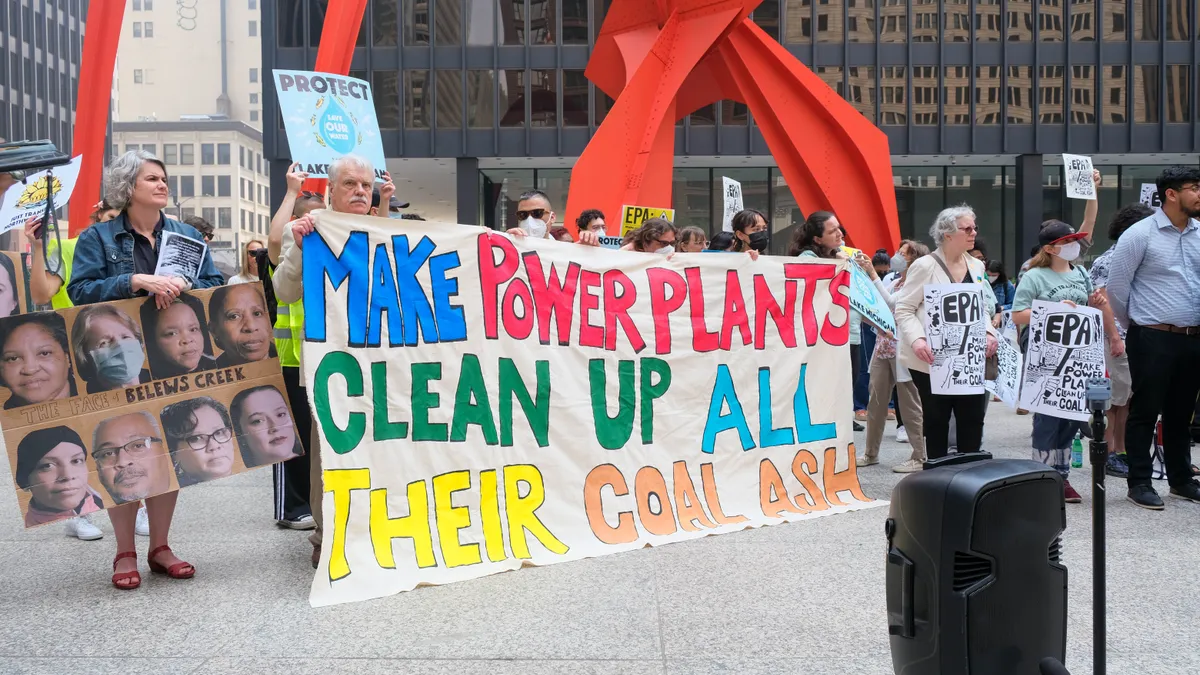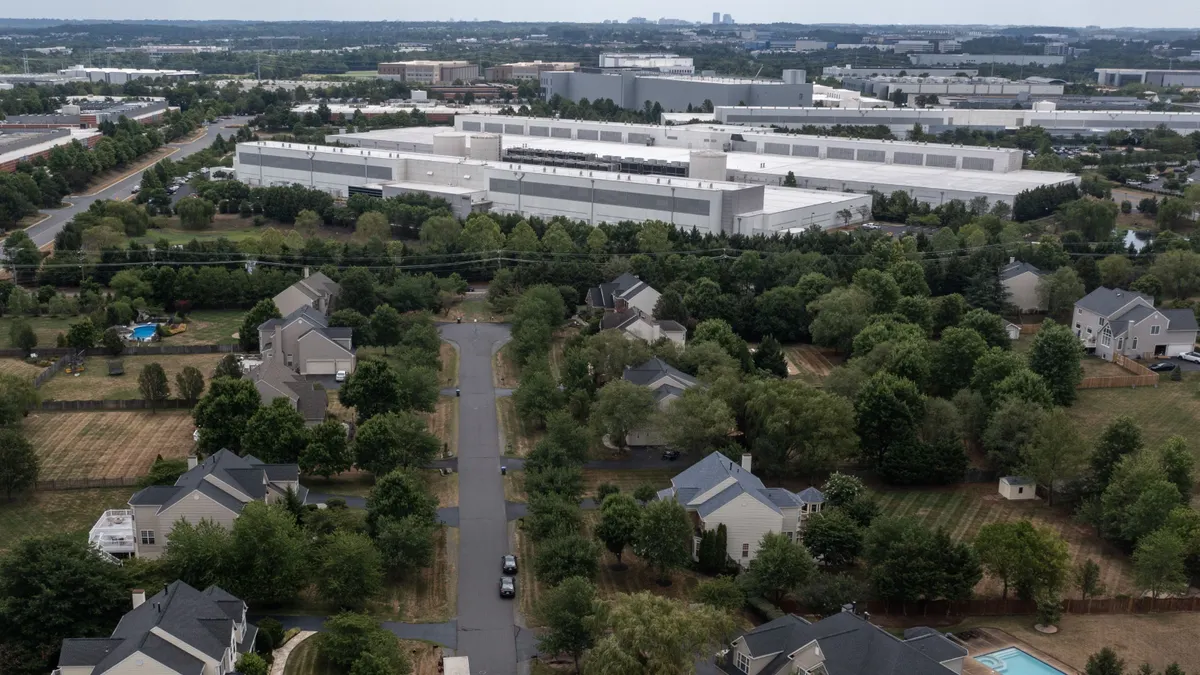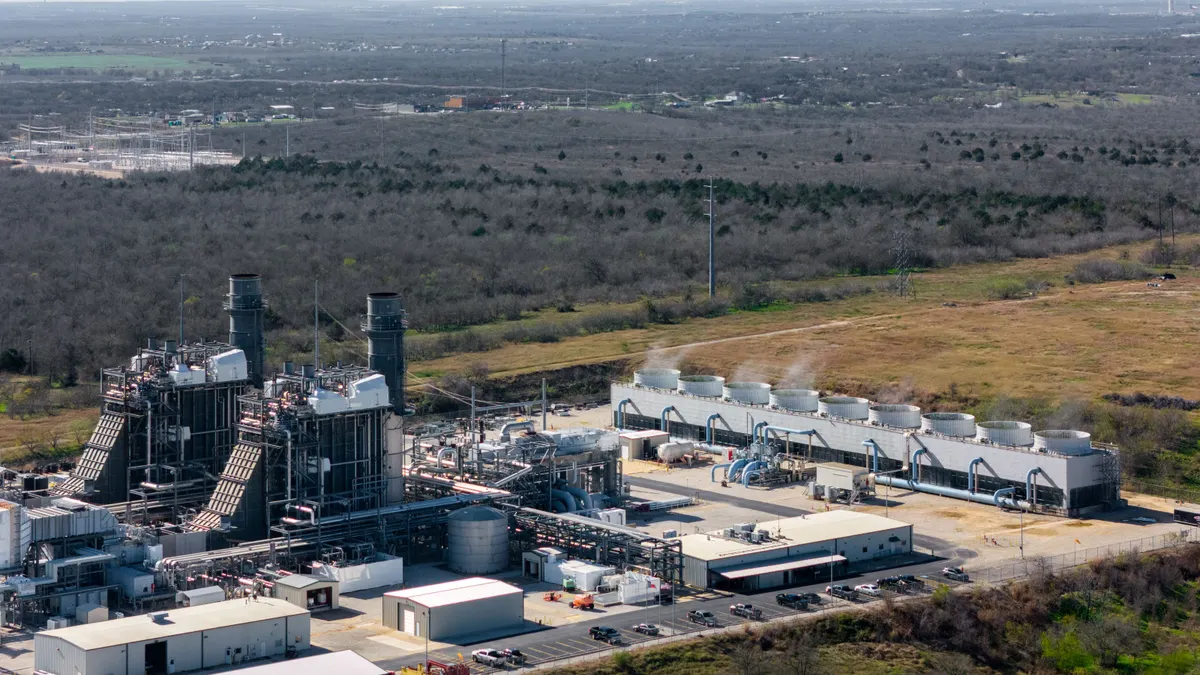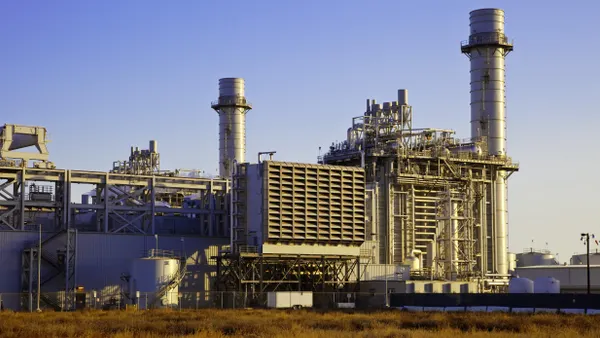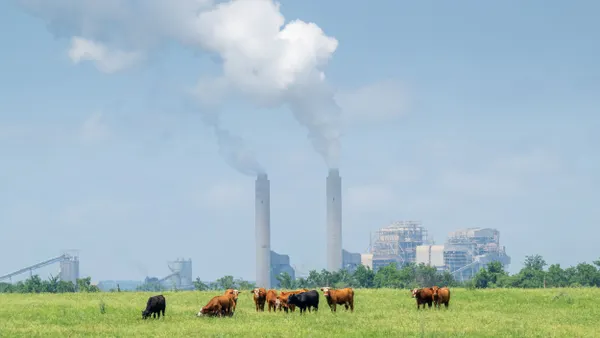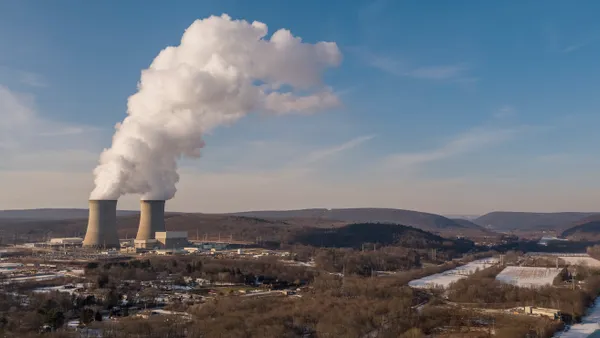Dive Brief:
- Environmental justice advocates are urging the U.S. EPA to implement proposed rules on legacy coal ash sites that have been exempt from regulation. Several affected groups spoke during a rally before a public EPA hearing in Chicago on June 28.
- Under a rule proposed by EPA on May 18, inactive coal ash surface reservoirs at inactive facilities would be subject to new requirements regarding lining and remediating contaminated groundwater. Members of the utility industry had previously argued that existing tools may be effective in addressing dangers related to such impoundments.
- Advocates have argued the loophole exempting such disposal sites left some of the most polluting facilities unregulated. On June 28, Ashley Williams, executive director of Just Transition Northwest Indiana, said coal ash sites near her community were a "ticking time bomb."
Dive Insight:
Coal ash contains mercury, cadmium, chromium, arsenic and other contaminants known to cause cancer and other serious health effects, according to the EPA. The agency says legacy impoundments “are more likely to be unlined and unmonitored, making them more prone to leaks and structural problems than units at facilities that are currently in service.”
Yet the EPA declined to regulate them at the federal level in its 2015 rule addressing active impoundments, despite acknowledging that legacy sites could pollute groundwater. Environmental justice groups sued the EPA over the exemption for legacy impoundments, and the U.S. Court of Appeals for the District of Columbia Circuit ruled in August 2018 that the agency should include such sites in its regulation.
Environmental groups estimate that half a billion tons of coal ash remain unregulated in sites around the United States, though that number is uncertain because the EPA has not collected comprehensive data on the material, Lisa Evans, senior counsel at Earthjustice, said.
“Coal ash behaves the same way wherever you dump it. The hazardous constituents leak out of it if it is in contact with water,” Evans said in an interview. “Excluding certain sites, particularly sites that are no longer monitored that are at retired plants that no one is paying attention to, we don't think that's a rational approach to stopping coal ash pollution.”
The 2015 rule came about after workers filed a lawsuit citing adverse health effects related to the nation's largest-ever coal ash cleanup site outside Knoxville, Tennessee, following a spill in December 2008. Dozens of workers who worked at the site later died from illnesses experts say were likely linked to their cleanup work.
Julie Bledsoe, a Tennessee resident whose husband worked the cleanup, spoke at the rally in Chicago on June 28, accusing the utility and coal industries of profiting without concern for communities’ health.
“Coal ash is toxic. Do not believe when they tell you it's okay to breathe it, it's okay to grow food in it, it's okay to use to build a school on, it's okay to build a playground on,” Bledsoe said.
The treatment and disposal of coal ash has been viewed by some in the waste industry as an environmental solutions revenue driver — WM is among companies that offer solutions for the material.
The EPA has also sought to find ways to regulate beneficial reuse for coal combustion residuals to keep the material out of ponds and landfills. In 2020, 40 million tons of coal combustion residuals, including ash, were reused, according to Energy News, in applications like concrete and fertilizer. But questions over the EPA’s beneficial reuse requirements remain unanswered.
Today, environmental justice advocates say they're facing unknown health effects from an estimated 566 landfills and ponds that were excluded from the 2015 rule. Earthjustice also argues that utilities and landfill owners have been able to avoid regulation at some sites by claiming that groundwater contamination is from legacy, unregulated sites rather than active coal ash impoundments.
The EPA estimates that about 280 coal ash ponds and landfills will be affected by the latest rule, which it expects to finalize in June 2024. In response to concerns from utility groups, the rule would leave out ponds that did not have water in them as of the initial 2015 rule’s effective date.
In comments submitted prior to EPA’s publication of its proposed rule, the Utility Solid Waste Activities Group also asked that owners of legacy impoundments be offered the chance to demonstrate a site does not pose a risk and therefore avoid regulation. The group also said the EPA should spend time gathering data on “the appropriate universe of legacy impoundments.”
Utility groups have previously supplied the data that does exist on coal ash ponds and landfills following multiple EPA requests, Evans said. She said she was in support of seeing more comprehensive data, but not at the expense of delaying the rule.
“It’s rich to see that they want EPA to delay the rule until they obtain more data on the the legacy surface impoundments when industry is in control of all of that data and hasn't given it to EPA,” Evans said.
Williams, of Michigan City, Indiana, said there were 100 coal ash impoundment sites in her state, 49 of which are unregulated. She said she had all but given up on coal ash impoundment regulations at the state level, accusing regulators of being “bought and sold by corporate polluters,” and implored the Biden administration to take action.
“I know that our fight is not won,” Williams said. “Our struggle will be long, but I feel that there is a glimmer of light and hope on the horizon for hundreds of environmental justice communities that have suffered the impacts of toxic coal ash.”
The EPA will hold a virtual public comment hearing on the new rule on July 12. The written comment period is open through July 17, though industry groups like the Utility Solid Waste Activities Group and the National Rural Electric Cooperative Association have requested a 60-day extension of that deadline.



